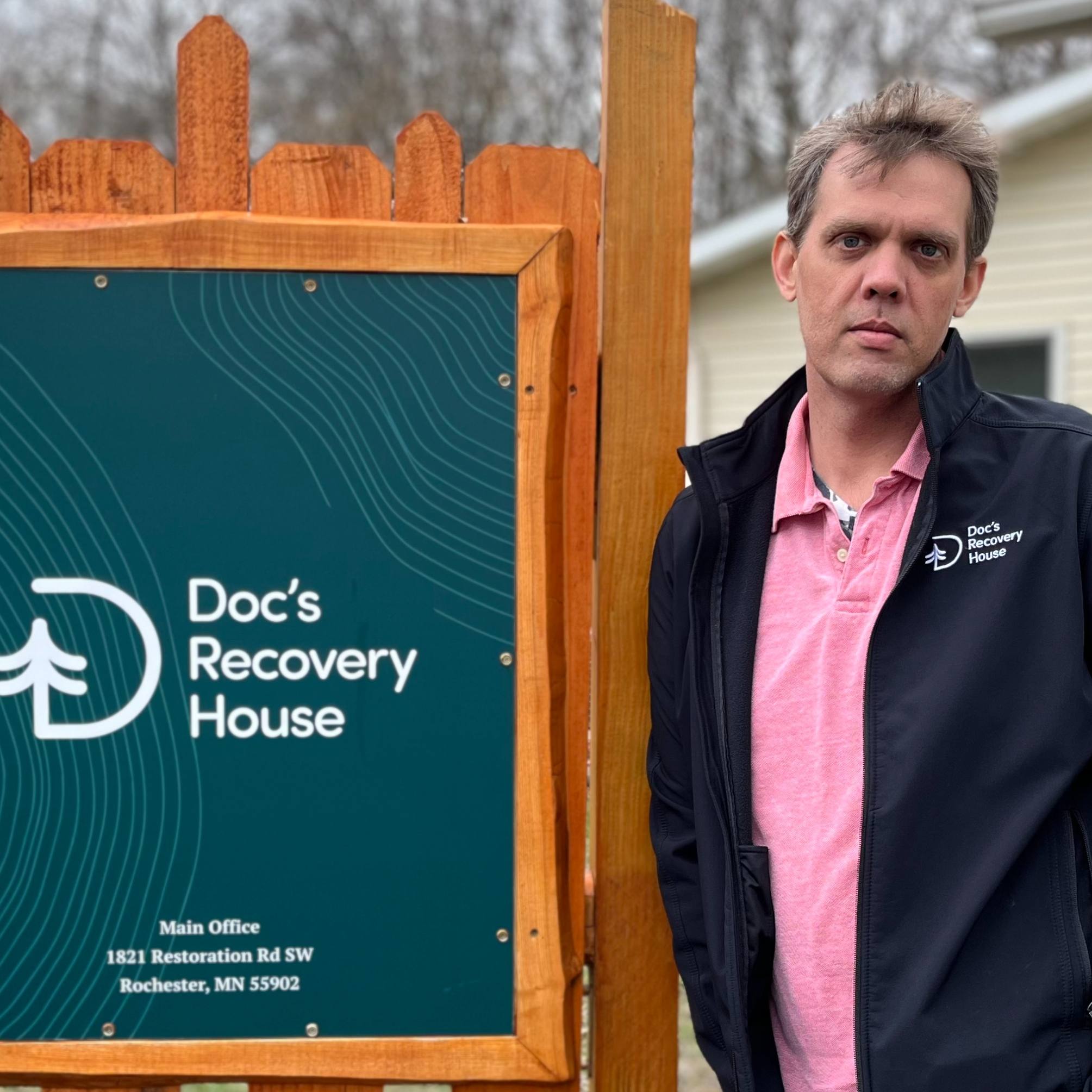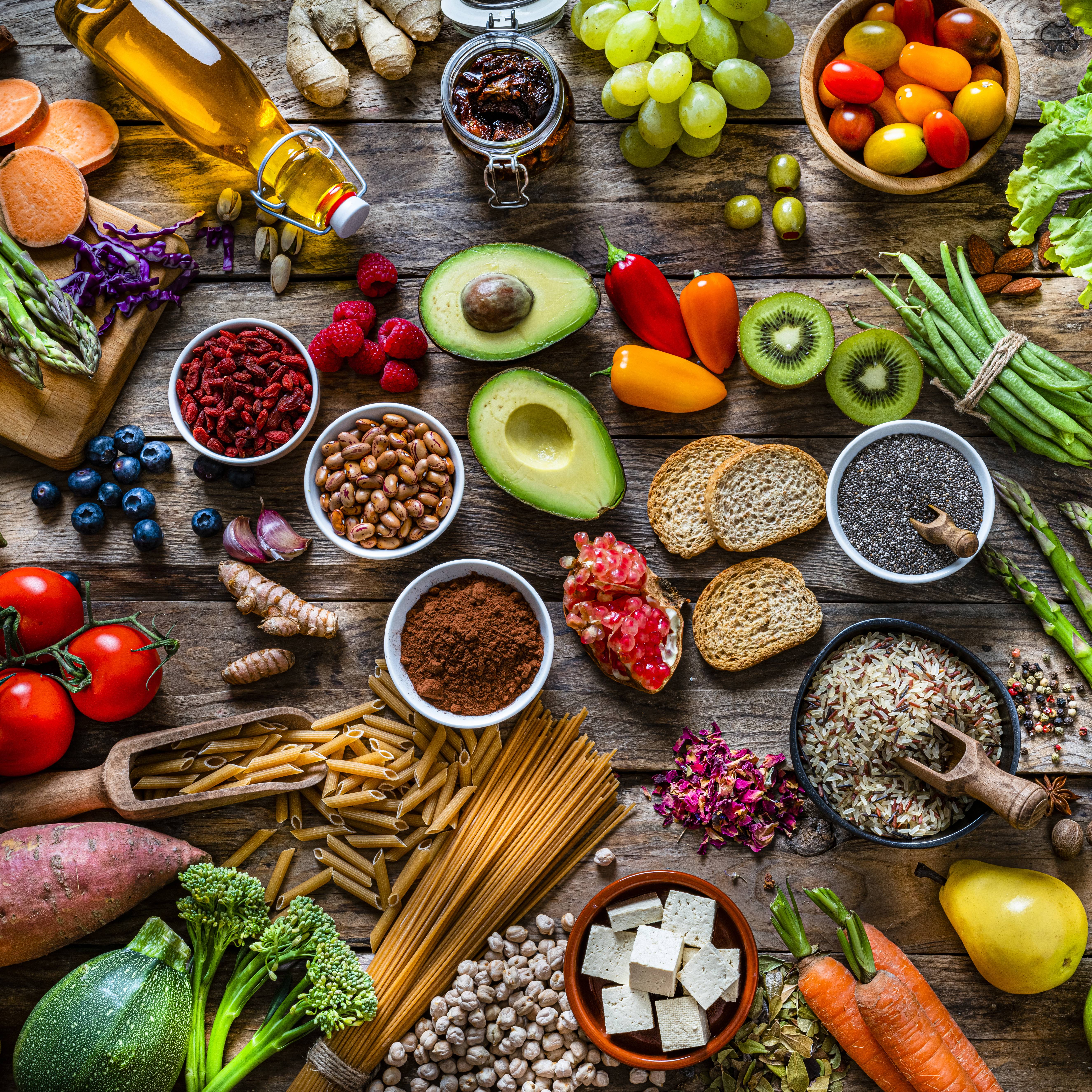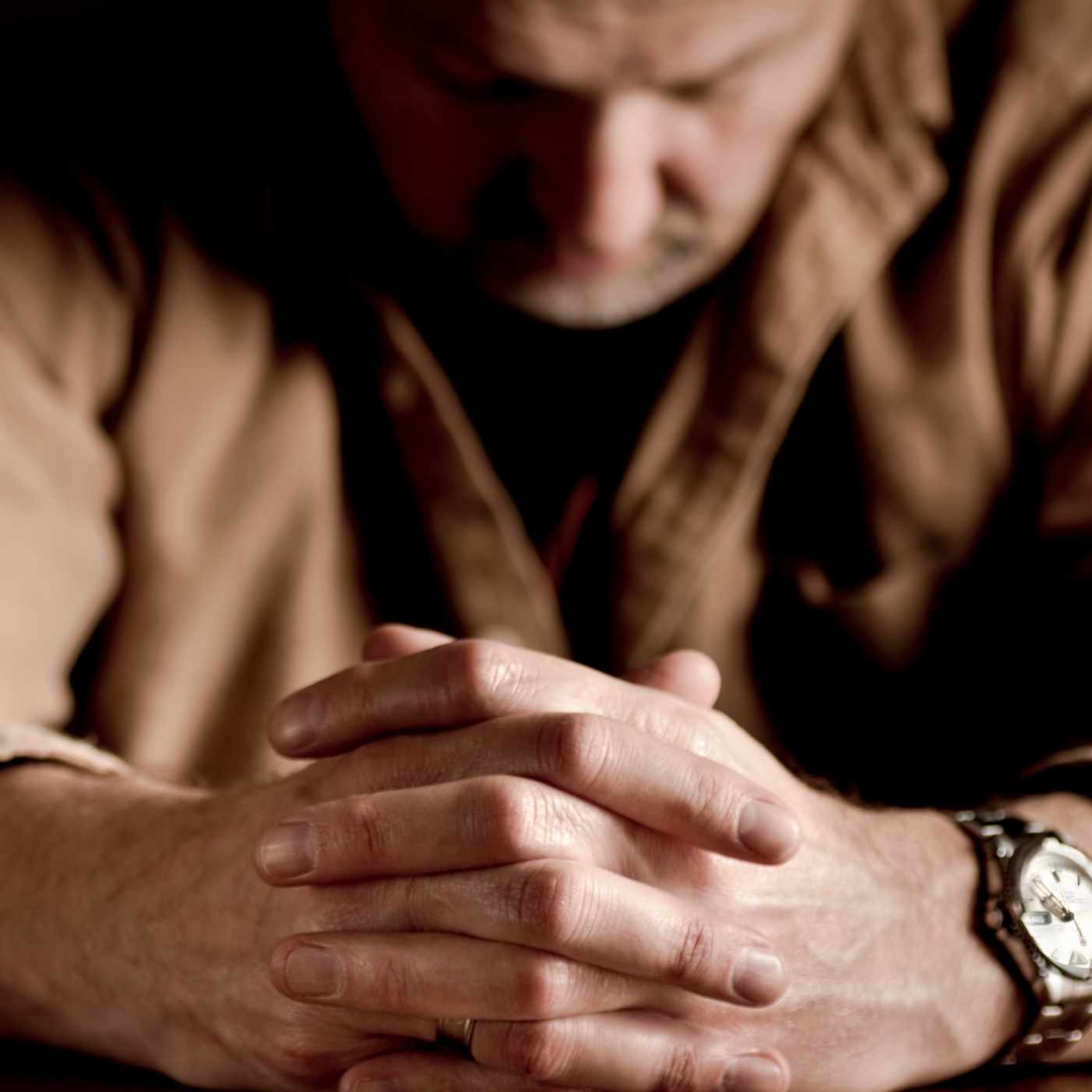-

Kidney Stone Attacks More Common in Summer: Mayo Expert Offers Tips
Jacksonville, Fla. — August 7, 2012. Summer can mean more than just an increase in temperatures, humidity and outdoor physical activity. It can also mean an increased risk of kidney stones, which affect approximately 3.8 million people in the United States and are on the rise.

Multimedia Alert: Video and audio clips of Dr. Haley are available for journalists to download on the Mayo Clinic News Network.
According to William Haley, M.D., a nephrologist at Mayo Clinic's Kidney Stone Clinic in Jacksonville, Fla., heat, humidity and lack of proper hydration all lead to a higher prevalence of kidney stones.
"In the summer or during hotter months, there is an increased incidence of kidney stones occurring in stone formers. The main reason for this is due to the amount of water we take in and use," Dr. Haley explains. "Our bodies are made up of mostly water and we use it regularly. But in the heat, we may not be drinking as much as we should, or taking in the right types of fluids, so we become dehydrated, which can lead to the production of more stones."
Kidney stones are small, hard deposits of mineral and acid salts that form when the urine becomes concentrated. The minerals crystallize and stick together, thus forming a stone, which can range in size from a grain of sand to a golf ball.
"Kidney stones are really very common — up to 13 percent of men, and six to seven percent of women, could get a kidney stone sometime in their life — starting in the twenties and peaking in the fifties," Dr. Haley says. Once you get a kidney stone, you are at risk of getting one again.
Here are tips for avoiding and coping with kidney stones:
- Hydration is key. Drinking more water is essential.
- Diet is also very important to prevent stones. Oxalate-rich foods, such as nuts and certain vegetables, coupled with a diet that's high in protein, sodium and sugar, may increase calcium in the kidneys and subsequently raise the risk of kidney stones.
- Kidney stones may not cause problems until they move into the ureter tube that connects the kidney and bladder. When that occurs, a stone can bring immense pain as it passes through the urinary tract into the bladder. As well, many people can experience an array of symptoms, including nausea, vomiting, blood in their urine or fever. If you experience any of these symptoms, seek immediate medical attention.
For an interview with Dr. Haley, please contact Cynthia Weiss at 904-953-2299 or via email at weiss.cynthia@mayo.edu.
###
About Mayo Clinic:
Recognizing 150 years of serving humanity in 2014, Mayo Clinic is a nonprofit worldwide leader in medical care, research and education for people from all walks of life. For more information, visit 150years.mayoclinic.org, www.mayoclinic.org and newsnetwork.mayoclinic.org.
Media Contact: Cindy N. Weiss, 904-953-2299 (days), weiss.cynthia@mayo.edu







